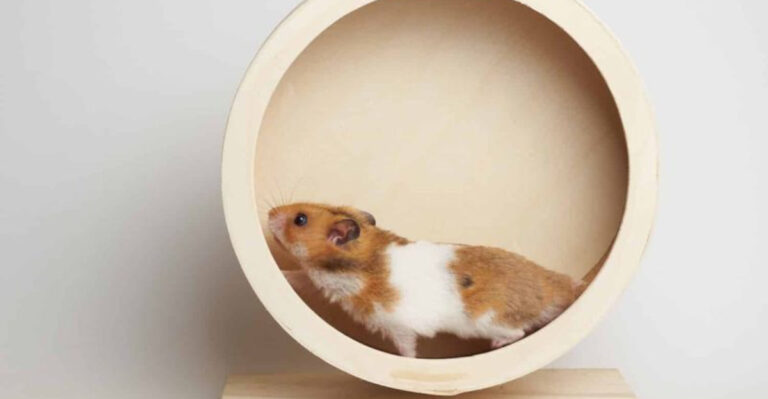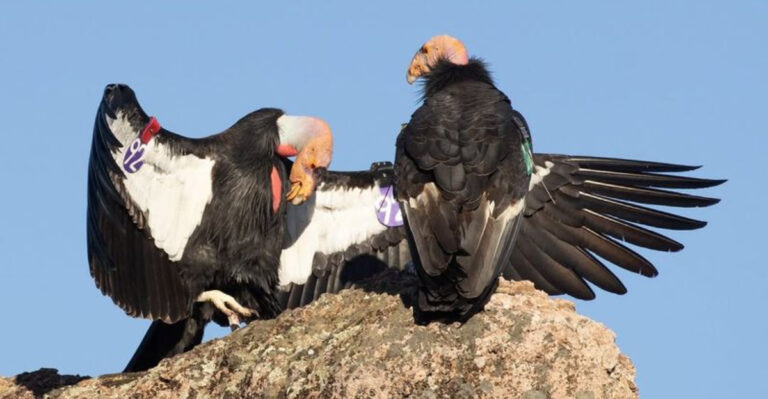14 Giant Nests That Defy Natural Limits
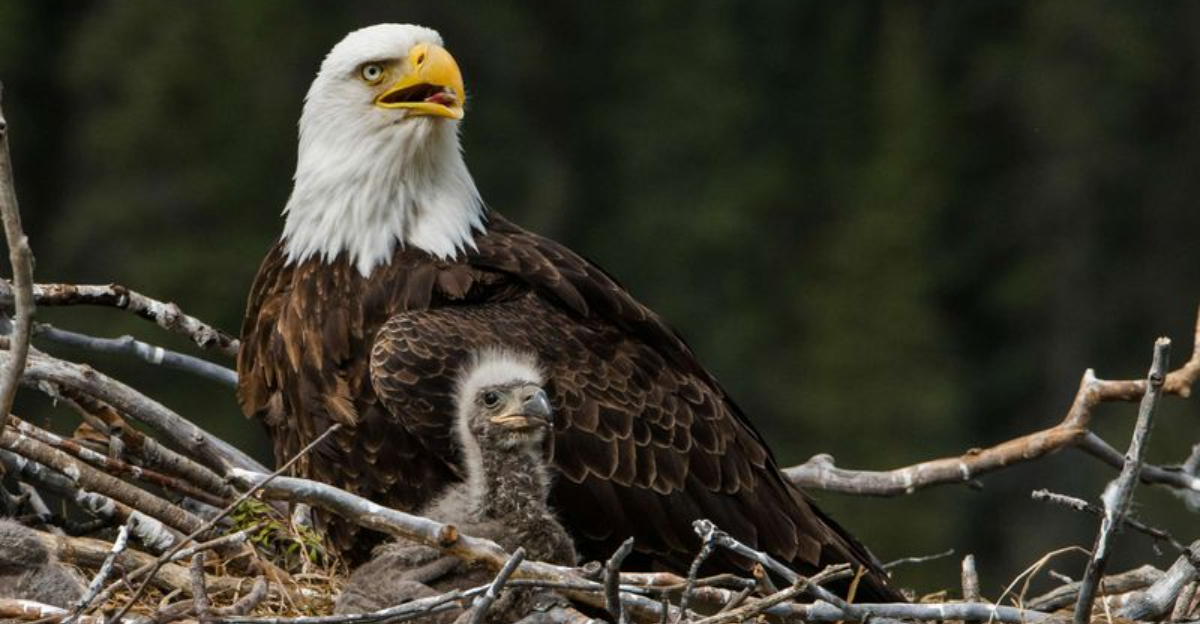
When it comes to animal architecture, some builders take things to extraordinary levels. From towering structures to sprawling complexes, certain creatures construct nests so massive they seem impossible.
These colossal homes showcase nature’s incredible engineering capabilities and the remarkable determination of their builders.
1. Sociable Weaver’s Apartment Complex
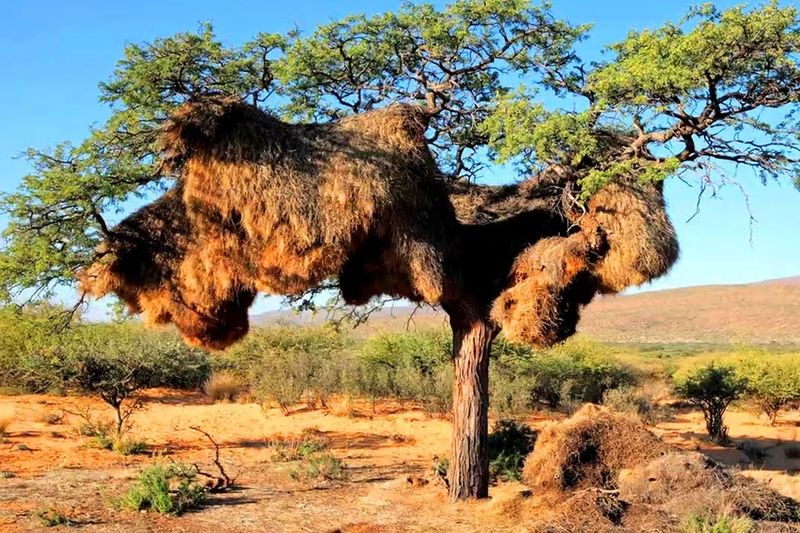
Imagine an entire bird neighborhood hanging from a single tree! These small African birds build massive communal nests that can house up to 500 individuals and weigh over a ton.
Their structures last for generations, with some nests continuously inhabited for over 100 years. The temperature inside stays remarkably comfortable – around 73°F – regardless of the harsh desert conditions outside.
2. Australian Malleefowl’s Incubation Mounds
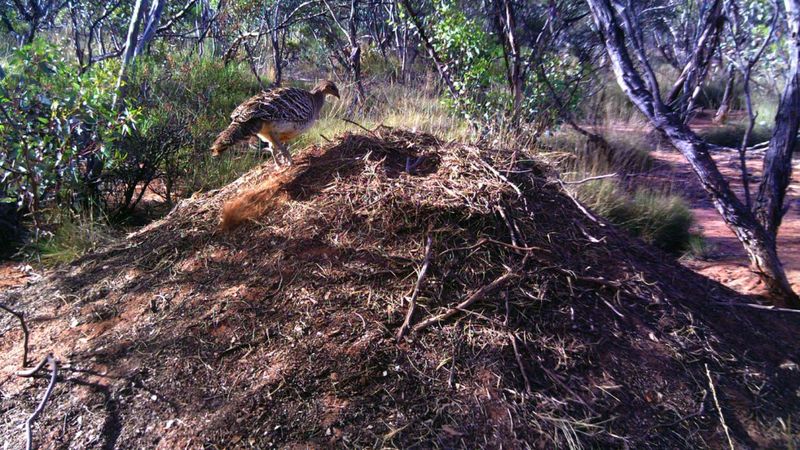
Talk about dedication! These chicken-sized birds spend 11 months creating compost heaps that reach 15 feet across and 3 feet high. The male constantly adjusts the temperature by adding or removing material, checking it with his sensitive tongue.
Each mound contains up to 35 eggs buried precisely at 92°F – perfect for hatching without parental body heat.
3. Termite Skyscrapers Of Africa
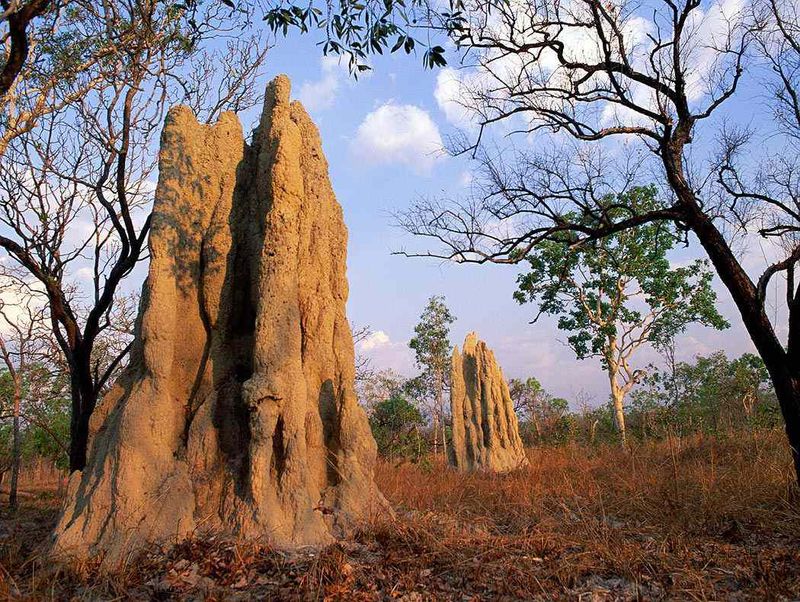
Standing taller than a giraffe, Macrotermes mounds reach an astonishing 30 feet high. Built by insects smaller than your fingernail!
Their architectural prowess would be like humans constructing buildings 6,000 feet tall. These self-cooling structures maintain perfect internal conditions through ingenious ventilation systems that engineers still study today for sustainable building designs.
4. Bald Eagles’ Record-Breaking Platforms
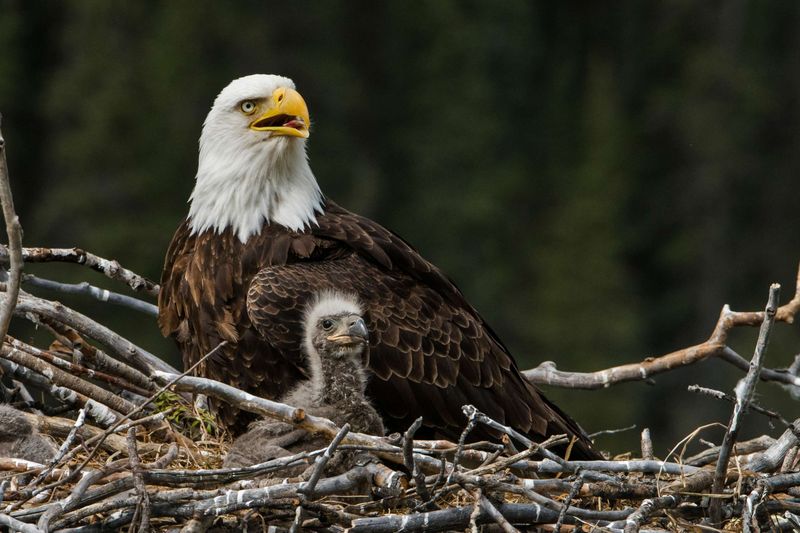
Florida’s famous eagle nest nicknamed “The Fort” weighed over two tons and measured 20 feet deep and 9.5 feet wide. That’s heavier than a small car! Eagles add to their nests yearly, creating these massive structures over decades.
One documented nest in Ohio was continuously used for 34 years until the supporting tree finally collapsed under its enormous weight.
5. Ospreys’ High-Rise Penthouses

Nothing stands between ospreys and their perfect view! One famous nest in Chesapeake Bay stood 13 feet tall – about the height of a basketball hoop. These fish-hunting birds keep returning to the same spot, adding materials year after year.
Their architectural style? Anything goes! Researchers have found bizarre items incorporated including toy dolls, fishing lures, and even a kitchen mop.
6. Hamerkop’s Indestructible Fortresses
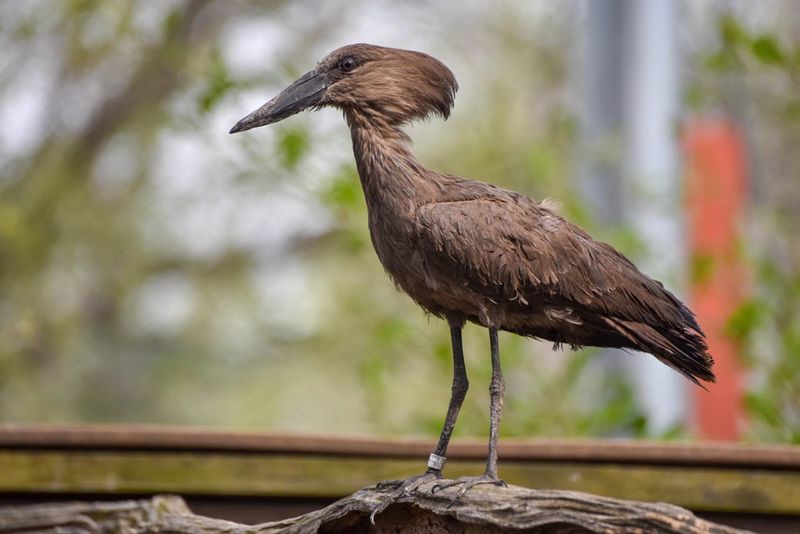
Looking more like a haystack than a bird home, these African wonders use over 8,000 sticks and weigh up to 50 pounds. That’s 1,000 times the bird’s body weight! So sturdy a person can stand on top without damaging it.
These waterproof masterpieces feature separate chambers including a nursery and even a special “porch” area where the birds hang out when not inside.
7. Alligator Nests: Reptilian Incubators

Forget sand castles – female alligators construct vegetation mounds up to 7 feet wide and 3 feet tall. The rotting plants generate heat like a natural oven! Temperature inside determines the babies’ gender: cooler sections produce females, warmer areas make males.
Mom stays nearby for months, responding to baby calls still inside the eggs. Talk about maternal dedication!
8. Montezuma Oropendola’s Hanging Apartments

Swinging in the breeze, these remarkable woven pouches hang like exotic fruit from rainforest trees. Some colonies feature over 100 nests dangling from a single tree!
Each teardrop-shaped masterpiece measures up to 6 feet long – impressive for a bird smaller than a crow. The entrance sits at the top, protecting eggs from both predators and tropical downpours with ingenious natural engineering.
9. Beaver Lodges: Nature’s Log Cabins
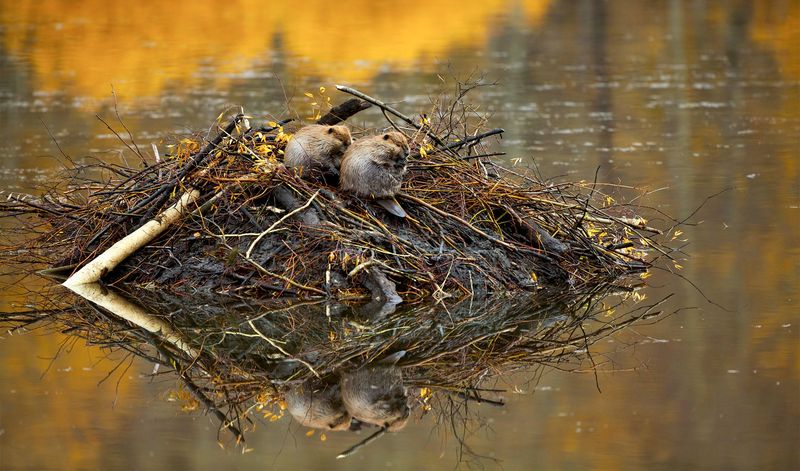
When beaver families go big, their homes can stretch 40 feet wide and stand 10 feet tall! These semi-aquatic architects don’t just build houses – they reshape entire ecosystems. Their lodges feature underwater entrances for predator protection and multiple interior chambers lined with soft bark.
The walls become rock-solid in winter when mud freezes, creating a virtually predator-proof fortress that stays surprisingly warm inside.
10. Compass Termites’ Magnetic Mansions
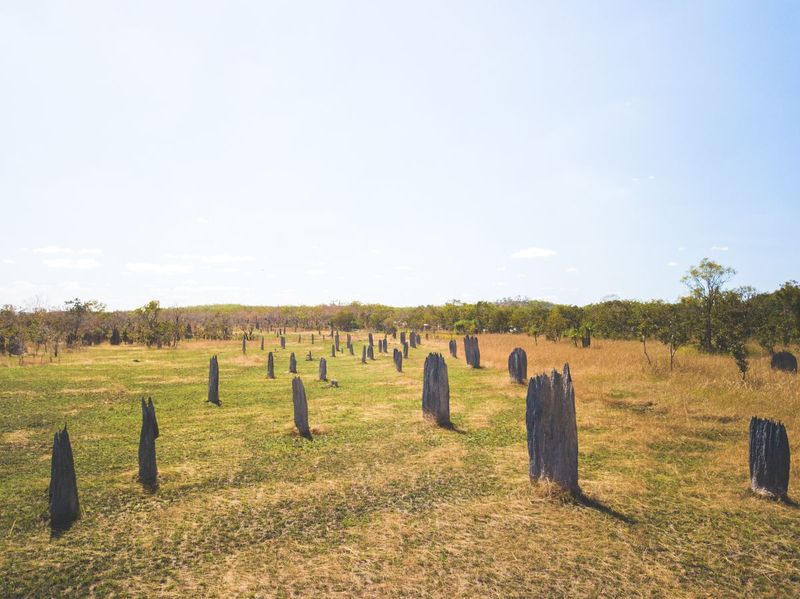
Like natural skyscrapers, these Australian termite mounds align perfectly north-to-south, acting as living compasses. The peculiar blade-like shape maximizes morning warmth while minimizing midday heat!
Some reach 13 feet tall – equivalent to a 60-story building for creatures barely visible to the naked eye. Engineers study their self-cooling design for creating energy-efficient buildings in hot climates.
11. Leaf-Cutter Ants’ Underground Metropolis
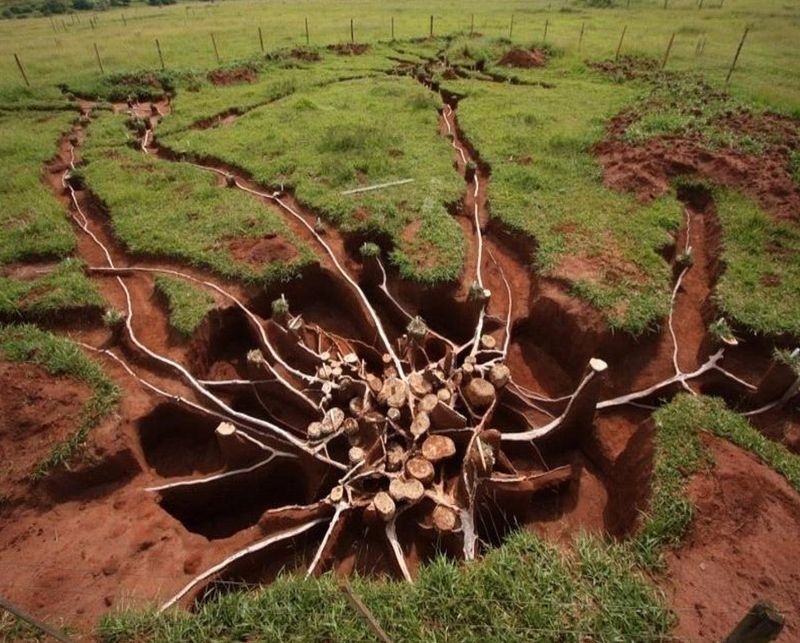
Below an ordinary patch of rainforest floor lies a city that would make urban planners jealous. These tiny architects excavate underground networks spanning 50 feet across and 16 feet deep! One excavated nest contained over 8 million chambers connected by highways.
The fungus gardens they cultivate would cover half a football field if spread out. All built by creatures weighing less than a paperclip!
12. Dusky Scrubfowl’s Volcanic Incubators
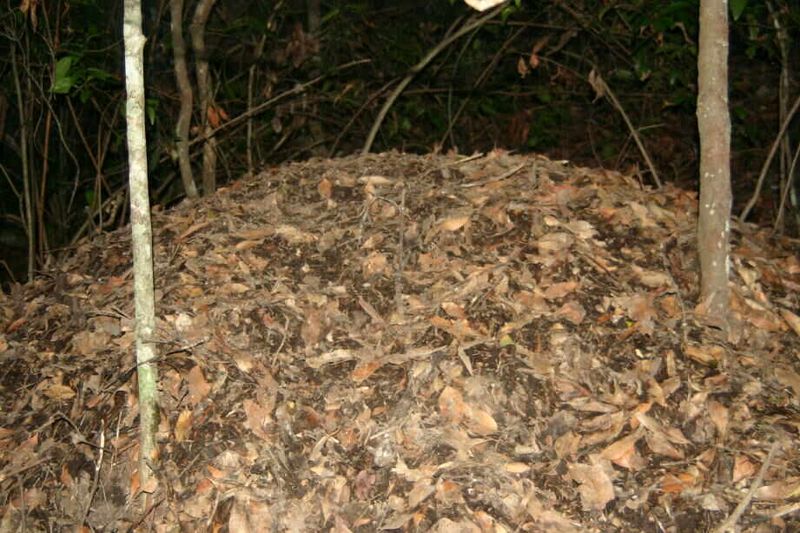
Found only on volcanic islands in Indonesia, these ambitious birds construct mounds reaching 16 feet high and 35 feet across. That’s bigger than many small houses! The secret ingredient? Volcanic soil that retains geothermal heat.
Males spend hours daily checking temperatures with their specialized beaks. The eggs develop without parental body heat, with hatchlings emerging fully independent – ready to build their own massive mounds someday.
13. Crocodile Nesting Mounds
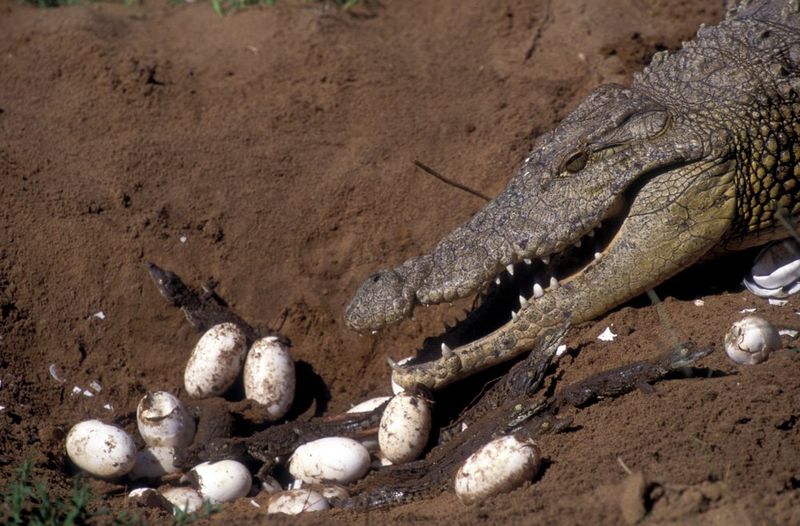
Prehistoric parenting involves building vegetation heaps up to 10 feet wide and 3 feet tall along riverbanks. Female crocs use their powerful tails and jaws as construction equipment! The decomposing plant material creates perfect incubation temperatures around 90°F.
Mom stays nearby for three months, listening for the chirping calls of babies ready to hatch. She’ll then carefully dig them out and carry them gently to water in her fearsome jaws.
14. Rufous Hornero’s Clay Masterpieces
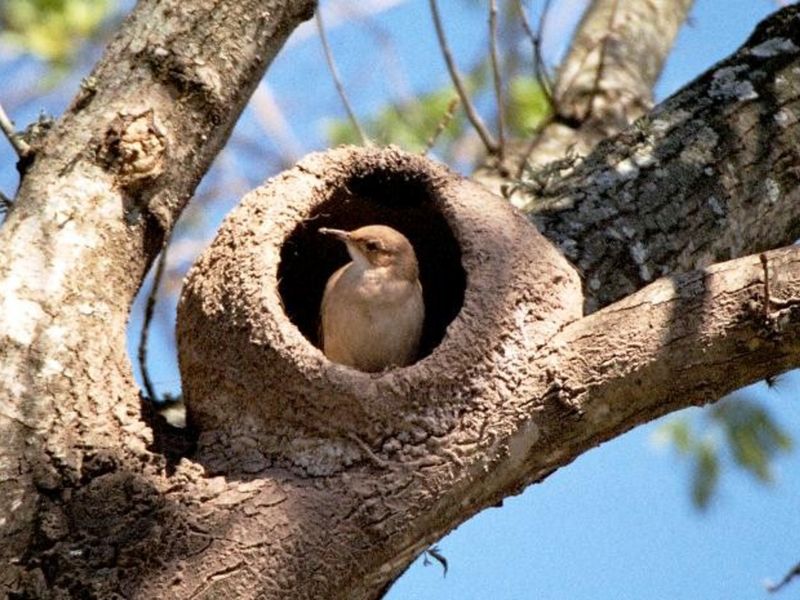
Argentina’s national bird builds the avian equivalent of adobe houses using over 3,000 mud pellets. Their oven-shaped structures weigh up to 8 pounds – impressive for a bird lighter than a tennis ball! These mud architects work tirelessly for weeks, carrying one beak-sized mud ball at a time.
The finished home features separate rooms including an entrance hall that blocks wind and predators, plus a nursery chamber with a curved interior that prevents eggs from rolling out.

